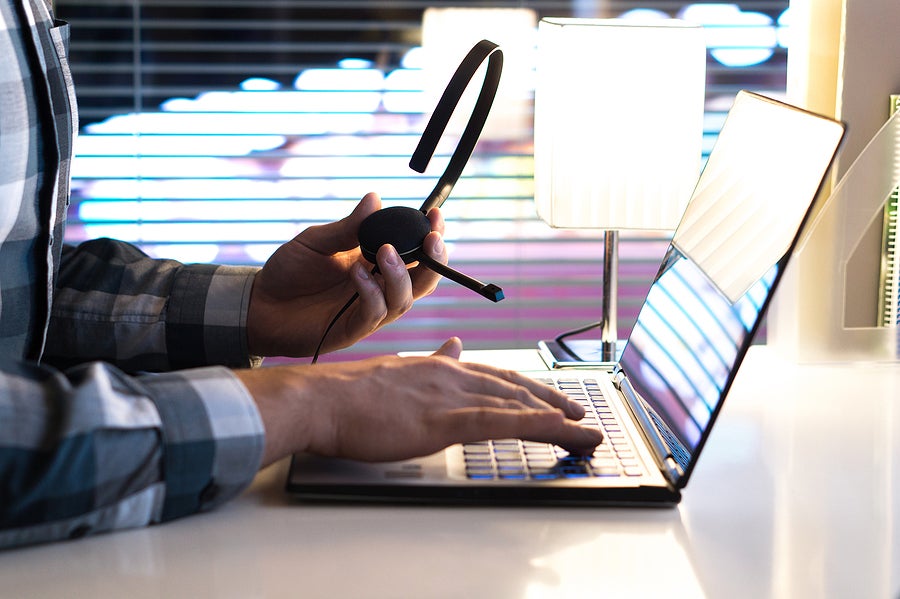We wrote about the 988 crisis line on Say Ahhh! shortly after its launch in 2022. Two years into implementation, we’d like to revisit the crisis line to see where things stand.
As a refresher, 988 was designated as the new number for the national mental health crisis hotline, replacing the previous 10-digit number, by the National Suicide Hotline Designation Act of 2020. To date, 988 has routed 9.8 million calls, texts, and chats, with granular monthly data available indicating that calls are the most common method of contact, with texts as a distant second. An analysis by KFF shows that contacts with the crisis line increased by 33% between 2022 and 2023. The call line also has subnetworks for specialized help for LGBTQ+ people and veterans, which comprised about a fifth of total contacts to the network in its first year.
National call statistics are widely available from the Substance Abuse and Mental Health Services Administration (SAMHSA), Vibrant Emotional Health (the crisis line servicer), and other groups. State-specific data is harder to find and assess, but Vibrant Emotional Health publishes monthly key performance indicators (KPIs) for each state, with the in-state answer rate of calls being the primary indicator.
We will be taking a look at what state-specific data is available and what it can tell us later this summer, but while increases have been seen across the country, Rhode Island has seen particular success by having a 98% call answer rate, meaning that calls are answered by someone in the state rather than being routed to a national crisis center elsewhere. Supporting this, the Federal Communications Commission (FCC) currently has an open comment period for a proposed rule that would implement geo-routing, not geolocation, solutions for wireless network carriers to support more timely and localized answers to crisis calls. Currently, calls are routed based on a caller’s area code, which may or may not match their physical location. Geo-routing means that calls would be routed based on the origin of the call, but is distinct from geolocation, which would transmit a precise location that could be given to first responders (see pages 6 & 7). This is a critical debate in the mental health field due to concerns that geolocation technology could enable inappropriate police response and subsequent over-institutionalization of people experiencing behavioral health crises.
Turning to Medicaid, we unfortunately have not found much additional evidence of states leveraging Medicaid funding to directly support 988 call center lines in states. According to KFF, Medicaid is less likely to cover crisis services than other behavioral health service categories, such as institutional, outpatient, and substance use disorder (SUD) care services, but the American Rescue Plan Act included enhanced funding at state option to support Medicaid programs to pay for mobile crisis services. To date, 17 states have been approved by CMS to take up the ARPA mobile crisis services option (AL, AZ, CA, CO, DC, IN, KS, KY, MA, MT, NY, NC, OR, VT, WV, WA, and WI), with others leveraging waivers or planning grants.
Two years into implementation and the designation of 988 as the national crisis call number is proving to be an overall positive change due to increased contacts, but system efficiency and funding streams remain challenges for states. We will continue to dig deeper into this topic with more to come on the state-specific data available on 988.


